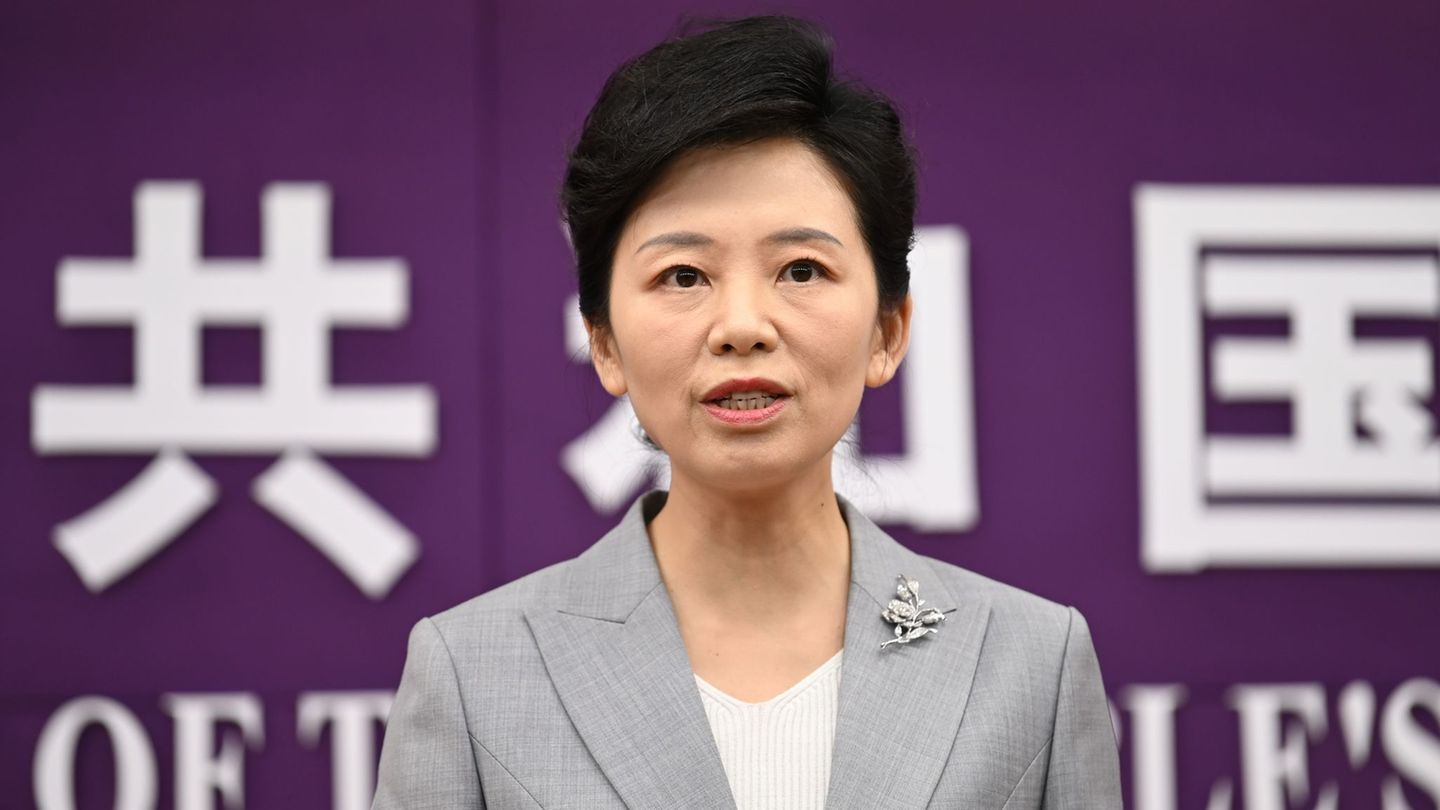The overall CPI rose 4.2% month-on-month in August, reaching 236.7% year-on-year and 94.8% year-to-date (Editor’s note: Caputo’s bad news!). The core CPI showed a downward trend of 4.1% month-on-month, with the core excluding food at 4.3% month-on-month (Editor’s note: “we are worried about core inflation; let’s hide it, since it represents double the 2011-2015 period and is similar to 2015-2019”).
On the progress in the release of capital controls, the report comments that it is useful to ensure a sustainable path of disinflation (Editor’s note: Progress means “it is a small step compared to what we expect…”).
The review also mentions that the news of the week was mixed (Editor’s note: “a diplomatic way of saying that there was both good and bad”). The only good news is that the government got the necessary votes in the House of Representatives to ratify the presidential veto of the pension bill, with the support of the PRO and the opposition parties in favor of dialogue. This allowed the president to protect the fiscal balance, which is the main anchor of the economic program (Editor’s note: “very harsh observation and warning about the controls”). The report points out that the pension bill, if it had been approved, would have implied a fiscal reduction of 0.4% of GDP in the short term, which could have escalated to over 1% of GDP in the medium term (Editor’s note: “they hit the post; have the barbecue in Olivos, they earned it”). Likewise, Minister Caputo anticipated that in August the fiscal accounts would be balanced again after the general deficit reported in July as a result of interest payments to bondholders (Editor’s note: “breath on Caputo’s neck; the imbalance in July was annoying” and “the minister reported” means “we are not responsible”).
On the other hand, the report clarifies that financial markets welcomed the money laundering along with “some intervention by the BCRA” (Editor’s note: “they are selling dollars, we don’t like that…”), which reduced the exchange rate gap to below 30%. It clarifies that, although the exchange rate gap is narrower and the increase in private sector dollar deposits since mid-August (US$ 1.6 billion) helped to replenish gross reserves (Editor’s note: “which without it would have fallen”), the accumulation of net reserves remains problematic (Editor’s note: “it is problematic, we are very concerned”), which will probably require an IMF waiver for the third quarter target (Editor’s note: “they do not meet the IMF target, that is bad news”).
On the inflation front, the news was not as encouraging: headline CPI came in above expectations and, more importantly, core CPI was sticky for a third consecutive month, highlighting the need for the current policy framework to evolve to ensure a sustainable disinflation path going forward. Core inflation stickiness persists.
The headline CPI rose 4.2% month-on-month in August, reaching 236.7% year-on-year and 94.8% year-on-year, slightly exceeding our and the market’s expectations of 3.9%. Thus, monthly inflation was relatively stable at around 4% thanks to regulated price adjustments and rigid core prices. Seasonally adjusted (by JP Morgan), the national headline CPI rose 4.3% month-on-month, slightly below the last three-month average of 4.7%, leading to the sequential pace of the last three months slowing slightly to 73.6% (Editor’s note: “clearly, we are dissatisfied with the results of the anti-inflation fight”).
The core CPI showed downward rigidity at 4.1% m/m, in line with our expectations and above the previous three-month average of 3.7% m/m (Editor’s note: “we have been warning that core inflation is not giving way”). The preferred metric of underlying inflation (adjusting core inflation excluding food prices) came in at a solid 4.3% m/m, compared to the 4.2% m/m average of the previous three months (Editor’s note: “it is regrettable”). It is worth noting that, for example, the basic impulse of food is at 71% in annualized terms, compared to 72.3% in the previous month (Editor’s note: “we reaffirm, it is not giving way, friends…”).
Food inflation also remained fairly stable in the month at 3.6% month-on-month (+1.1%-pt contribution), compared to the average of 3.7% reported in the last three months. Fresh food (mainly vegetables) contributed 52 bp, while the contribution of non-fresh food increased to 54 bp (from 41 bp the previous month) (Editor’s note: “check”).
Monthly headline inflation was again affected by higher increases in regulated prices following tariff adjustments in August, with its contribution increasing by 0.4%-pt compared to the previous month (Editor’s note: “the government helped inflation not to fall. If they regulate upwards, they are threatening to lower it”). Indeed, in August there were increases above headline inflation in communications (+4.9% month-on-month) due to increases in telephone rates; transportation (+5.1% month-on-month) due to increases in gasoline and public transportation prices; education (+6.6% month-on-month); and housing and basic services (+7% month-on-month), the latter on rents and electricity and gas rates. Meanwhile, seasonal prices slowed sharply to 1.5% month-on-month (contribution of +0.2% pt), from 5.1% month-on-month (0.8% pt) last month, offsetting inflationary pressures.
Regarding the reduction of the “PAIS tax” rate, which came into effect on September 2, we believe that it reduces importers’ costs with the aim of reinforcing the rigid disinflation path of around 4% month-on-month since May. In our estimates, the monthly (point) impact on the CPI basket of the “PAIS tax” reduction will be 0.6%-0.7% pt, which will help boost disinflation (Editor’s note: “this is wishful thinking so as not to scare meta-analytic readers so much”).
We see high-frequency data for the first week of September at 3.4% month-over-month, with weekly food CPI at 0.4% week-over-week. That said, we forecast that achieving monthly inflation rates below 3% amid the current web of capital controls remains a challenge.
They warn of an average monthly inflation of 3.6% month-over-month until November, with an upturn by the end of the year/beginning of 2025 (Editor’s note: “you will not be able to fulfill the promise of the inflation rate”), assuming a transition to a new policy framework and the unification of the foreign exchange market (Editor’s note: “if the dollar does not skyrocket, due to the lifting of exchange controls or any other reason, where everything would be worse, we know that Caputo accepted this and expressed it publicly”).
In the midst of a stabilization program and a sustainable exchange rate regime that stimulates a credibility shock (Editor’s note: “it means there is no credibility, they have to devalue or they will never get going”), (Editor’s note: if they do this: “devalue and raise the interest rate”… although the report’s statement is incoherent, because at first it will generate the opposite) it continues saying “we then see room for inflation to slow down to a monthly level of 2% on average until 2025, in line with the end-of-year inflation of 2025 of 35% annually.” (Editor’s note: “If they don’t do this, we don’t see how inflation would go down.”) (Editor’s note: In reality, he indicates, we know that if they do it, they will trigger inflation. Know that the devaluation that ensures the foreign currency for the payment of the debt in dollars matters more to us than inflation and any collateral damage).
They insist that the risk of a delay in the release of capital controls will weigh on economic activity and the exchange rate gap, and will add upward pressure on inflation as the October legislative election cycle approaches (Editor’s note: “we warned you that this strategy has an expiration date, at least for this report”). In short, they consider that continuing with the adjustments of relative prices and advancing in the release of capital controls are two necessary conditions to consolidate a sustainable path of disinflation in the future. (Editor’s note: it means: “we are warning you again, if you do not apply the standard recipe we are pessimistic with regard to the inflationary slowdown that you propose, although if you do, you will have an initial price surge, which can moderate before the midterm elections, by raising interest rates”).
We have once again carefully dealt with a new, predictable summary of “help for investors”, with explanatory reflections. This article and the previous one from last Friday aim to transform the way of presenting the report of a prestigious global data observatory, from traditional journalistic analysis, treating it instead in an entertaining and ingenious way, perhaps irreverent, from cognitive science and knowledge of the financial business environment. We hope that it is to the reader’s liking.
Director of the Esperanza Foundation. https://fundacionesperanza.com.ar/ Professor of Postgraduate Studies at UBA and Masters in private universities. Master in International Economic Policy, Doctor in Political Science, author of 6 books
Source: Ambito




